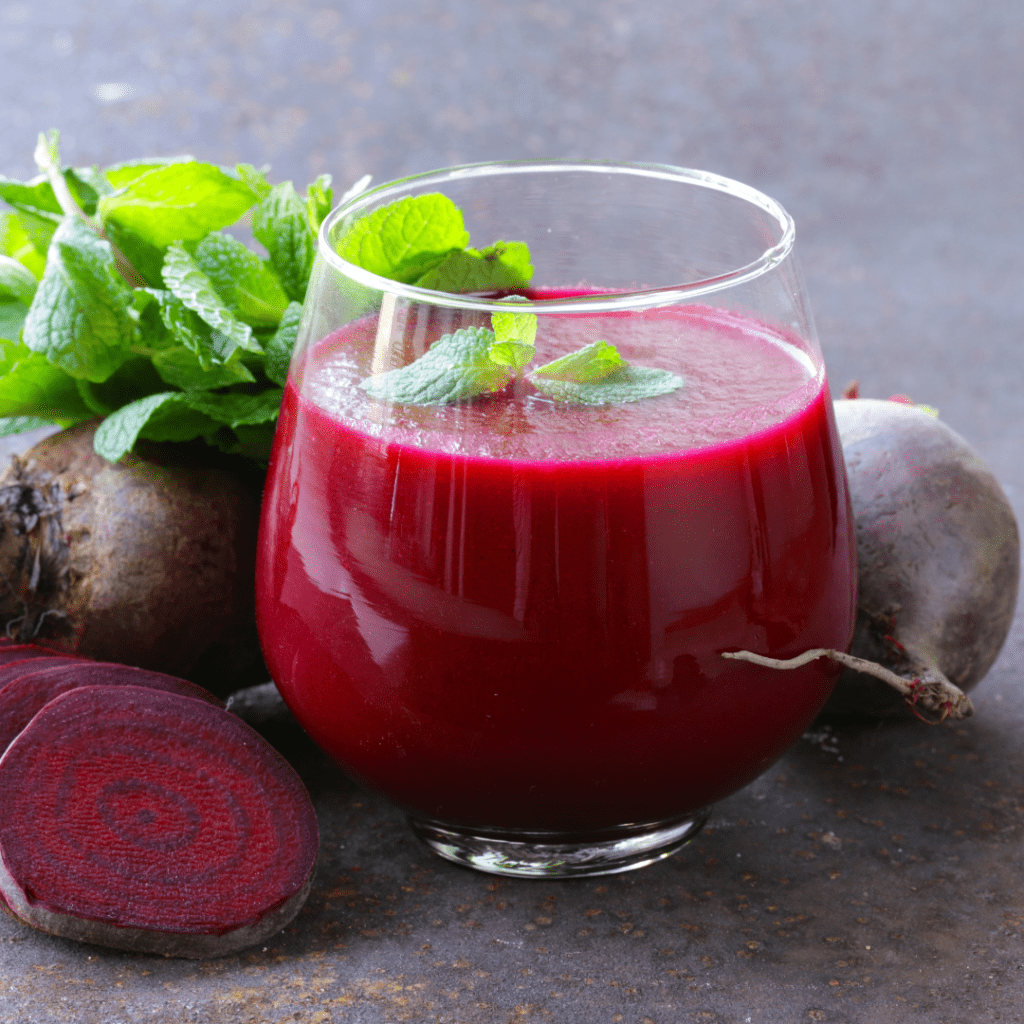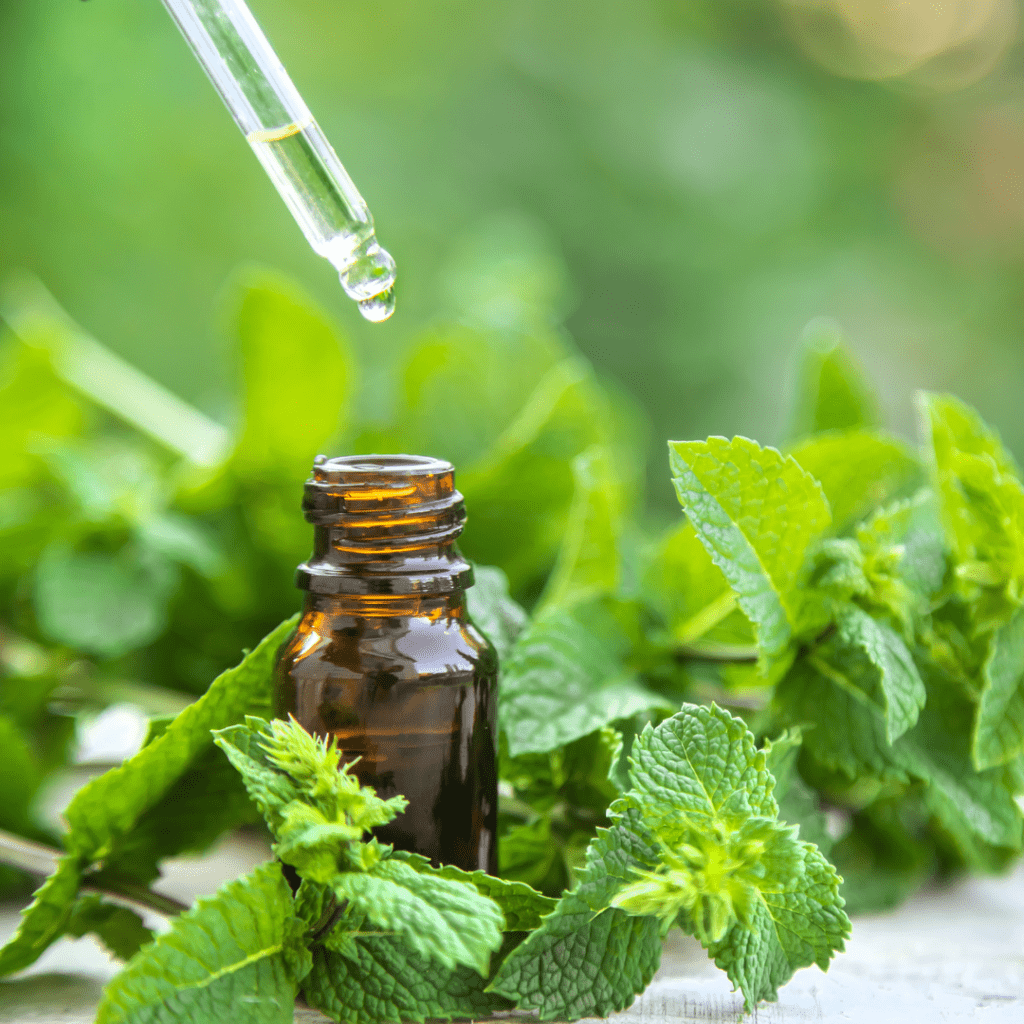Pharmaceutical aids are the substance that is use in pharmaceutical preparations to enhance the quality, stability, and effectiveness of the drugs. These substances play crucial roles in preventing the drug from getting contaminated or degradation of the drug, it enhances efficacy, used to mask the unpleasant test of the drug so that patients can take medicine easily.

Table of Contents
Classification of Pharmaceutical Aids
Pharmaceutical aids could be classified based on their origin, dosage forms and functions.
Based on Origin:
- Vegetable source: Peppermint, starch, Turmeric, etc.
- Animal Source: Lactose, Gelatin, Wax, Honey, etc.
- Mineral Source: Silica, Calcium phosphate, Calamine, etc.
- Synthetic Source: Lactic Acid, Boric acid, Povidone, etc.
Based on Dosages forms: Several types of pharmaceutical aids are used in the distinct types of dosages forms like
- Solid Dosages Forms: Lubricants, Diluents, Binders, and Adhesives, etc.
- Liquid Dosages Forms: Solvents, Preservatives, Sweeteners, Flavoring agents, stabilizers
Here are some pharmaceutical aids given below:
Sweetening Agents
Sweetening agents are crucial for making medicines taste better and easier to take. They help mask unpleasant flavors, improving patient compliance. However, it’s important to use them carefully to avoid side effects and ensure safety



Types of sweetening agents
- Natural Sweeteners
- Sucrose: Commonly known as table sugar, sucrose is widely used for its pleasant taste and stability.
- Fructose: Found naturally in fruits, it is sweeter than sucrose and often used in formulations requiring intense sweetness.
- Honey: An ancient sweetener, honey provides a natural flavor and is often used in pediatric formulations.
- Artificial Sweeteners
- Aspartame: A low-calorie sweetener approximately 200 times sweeter than sucrose, used extensively in sugar-free formulations.
- Saccharin: One of the oldest artificial sweeteners, it is about 300-400 times sweeter than sucrose but may leave a bitter aftertaste.
- Sucralose: A no-calorie sweetener that is about 600 times sweeter than sucrose, known for its stability and pleasant taste.
- Sugar Alcohols:
- Sorbitol: Commonly used in sugar-free products, it provides a cooling effect and is less sweet than sucrose.
- Xylitol: Found naturally in many fruits and vegetables, xylitol is as sweet as sucrose but has fewer calories and a low glycemic index.
- Mannitol: Often used in chewable tablets, it has a pleasant taste and a cooling sensation.
Uses
- Masking bitter test: Sweetening agents are used to mask the bitter or unpleasant taste of API (active pharmaceutical ingredients), it makes the medicine more acceptable, especially to children and sensitive patients.
- Preservation: Some sweetening agents act as the preservative, which increase the shelf life of the drug.
Advantage
- It masks the bitter test of the drug so the drug could be easily taken by patients.
- Artificial sugar does not have any calories, so it could be used to weight management.
Disadvantage
- Sugar can increase blood sugar, dental cavity, etc.
- Long term use of sweeteners increases the risk of some serious disease.
- This may result in poor nutrition and weight gain.
Coloring Agents
Coloring agents are the substances that are added to pharmaceutical drugs to give them a specific color. They help the products to protect from light, IR light, and UV light, etc.
There are two types of coloring agents.



Natural Coloring Agents:
Natural coloring agents are the substances that are obtained from minerals, plants, animals, etc. They are used as coloring agents; these substances are safe to use and have no side effect.
- Caramel: A brown coloring derived from heated sugar.
- Beet Juice: A red coloring extracted from beets.
- Turmeric: A yellow coloring derived from the turmeric plant.
Artificial Coloring Agents:
Synthetic coloring agents are produced through chemical synthesis. They are more stable and offer a wider range of colors compared to natural coloring agents.
- Tartrazine: A yellow synthetic dye.
- Sunset Yellow: An orange synthetic dye.
- Erythrosine: A red synthetic dye.
Uses of Coloring Agents
Coloring agents are not merely decorative; they serve multiple functional purposes:
- Identification: Distinct colors help in finding different medications, reducing errors.
- Brand Differentiation: Unique colors help in brand recognition, crucial in a competitive market.
- Patient Compliance: Visually appealing medications can improve patient adherence to prescribed regimens.
Advantages
- Enhanced Aesthetics: Attractive colors can make medications more appealing, particularly in pediatric formulations.
- Ease of Identification: Differentiation of similar-looking tablets or capsules becomes straightforward, minimizing the risk of incorrect administration.
- Marketing Tool: Colors can be a part of the branding strategy, making products easily recognizable.
- Psychological Impact: Certain colors can have a placebo effect, enhancing the perceived efficacy of the medication.
Disadvantages
- Allergic Reactions: Some patients may be allergic to specific synthetic dyes, leading to adverse effects.
- Regulatory Scrutiny: Stringent regulations govern the use of coloring agents, needing rigorous testing and compliance.
- Cost: Natural dyes can be expensive to obtain and standardize.
- Stability Issues: Certain colors may degrade over time or under specific storage conditions, affecting the product’s appearance and, potentially, its efficacy.
Flavoring Agent
Adding flavoring agents to medicines improves the patient experience, especially for children and the elderly person. These agents come from different sources and help mask unpleasant tastes, making it easier for patients to take their medicine and improving their overall treatment.



Types of Flavoring Agents
- Natural Flavouring Agents:
- Essential Oils: Derived from plants, these oils, such as peppermint and lemon oil, impart refreshing flavours.
- Fruit Extracts: Natural extracts like strawberry, cherry, and orange are commonly used to provide a familiar and pleasant taste.
- Artificial Flavouring Agents:
- Synthetic Flavours: These are chemically synthesized to mimic natural flavours, including vanillin and ethyl maltol.
- Artificial Sweeteners: Agents like aspartame and sucralose, though primarily sweeteners, also contribute to the overall flavour profile.
- Aromatic Compounds:
- Esters: These compounds, such as ethyl acetate (fruity) and isoamyl acetate (banana), are known for their strong, appealing aromas.
- Flavoured Syrups:
- These are sugar-based solutions infused with flavours, like chocolate or maple, used extensively in liquid formulations.
Uses of Flavoring Agents
The strategic application of flavoring agents extends beyond mere taste enhancement:
- Masking Bitterness: Many active pharmaceutical ingredients (APIs) are inherently bitter. Flavoring agents effectively mask these undesirable tastes.
- Improving Compliance: Pleasant flavors increase the likelihood of patients adhering to their medication regimens, crucial for effective treatment.
- Enhancing Appeal: Particularly in pediatric formulations, flavors make medications more palatable and less intimidating for children.
- Brand Differentiation: Unique flavors can set a product apart in a crowded market, contributing to brand loyalty.
Advantages
Flavoring agents offer multiple advantages, transforming the patient experience:
- Palatability: By masking unpleasant tastes, they make medications more acceptable, particularly for children and the elderly.
- Improved Compliance: Pleasant-tasting medicines encourage patients to adhere to their prescribed dosages.
- Customization: A wide range of flavors allows for the customization of medications to suit different patient preferences.
- Patient Comfort: Enhanced taste can reduce the psychological aversion to taking medicine, promoting a positive therapeutic experience.
Disadvantages
Despite their benefits, flavoring agents present several challenges:
- Allergic Reactions: Some patients may be allergic to certain natural or synthetic flavors, leading to adverse reactions.
- Stability Issues: Flavor compounds can degrade over time, potentially altering the taste and efficacy of the medication.
- Interactions: Certain flavoring agents may interact with APIs, affecting the stability and bioavailability of the drug.
- Regulatory Hurdles: Strict regulations govern the use of flavoring agents, requiring thorough testing and validation.
Conclusion
Using sweetening, coloring, and flavoring agents in medications plays a vital role in making them more pleasant and effective for patients.
These aids help improve the taste, appearance, and stability of drugs, ensuring that patients are more likely to take their medicine as prescribed.
By carefully choosing and applying these pharmaceutical aids, we can create medications that are not only effective but also easier and more enjoyable to use, leading to better health outcomes and happier patients.
1 thought on “Pharmaceutical Aids: What You Need To Know”